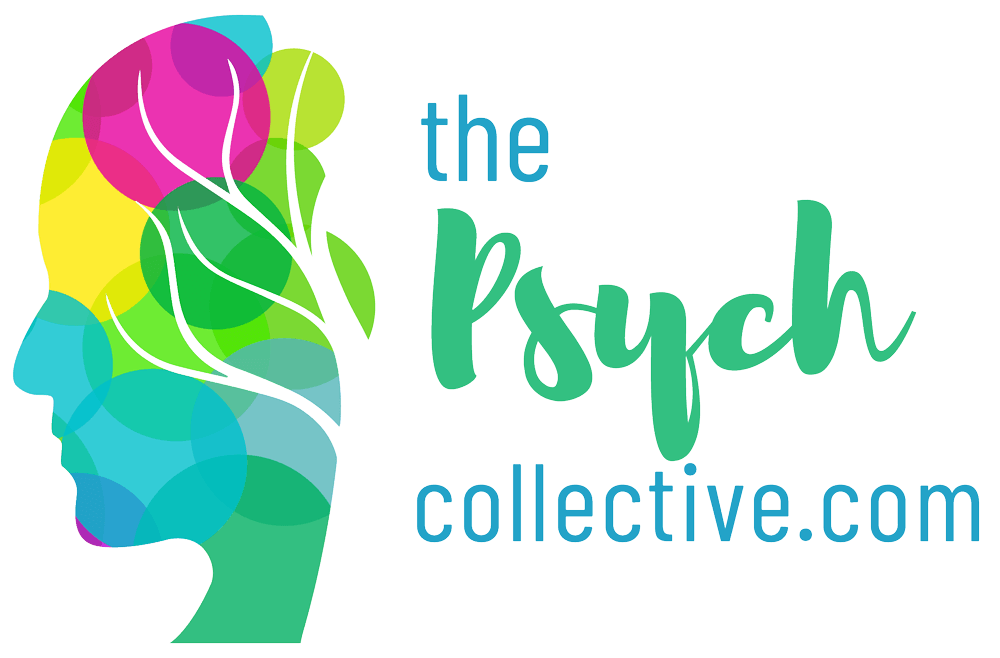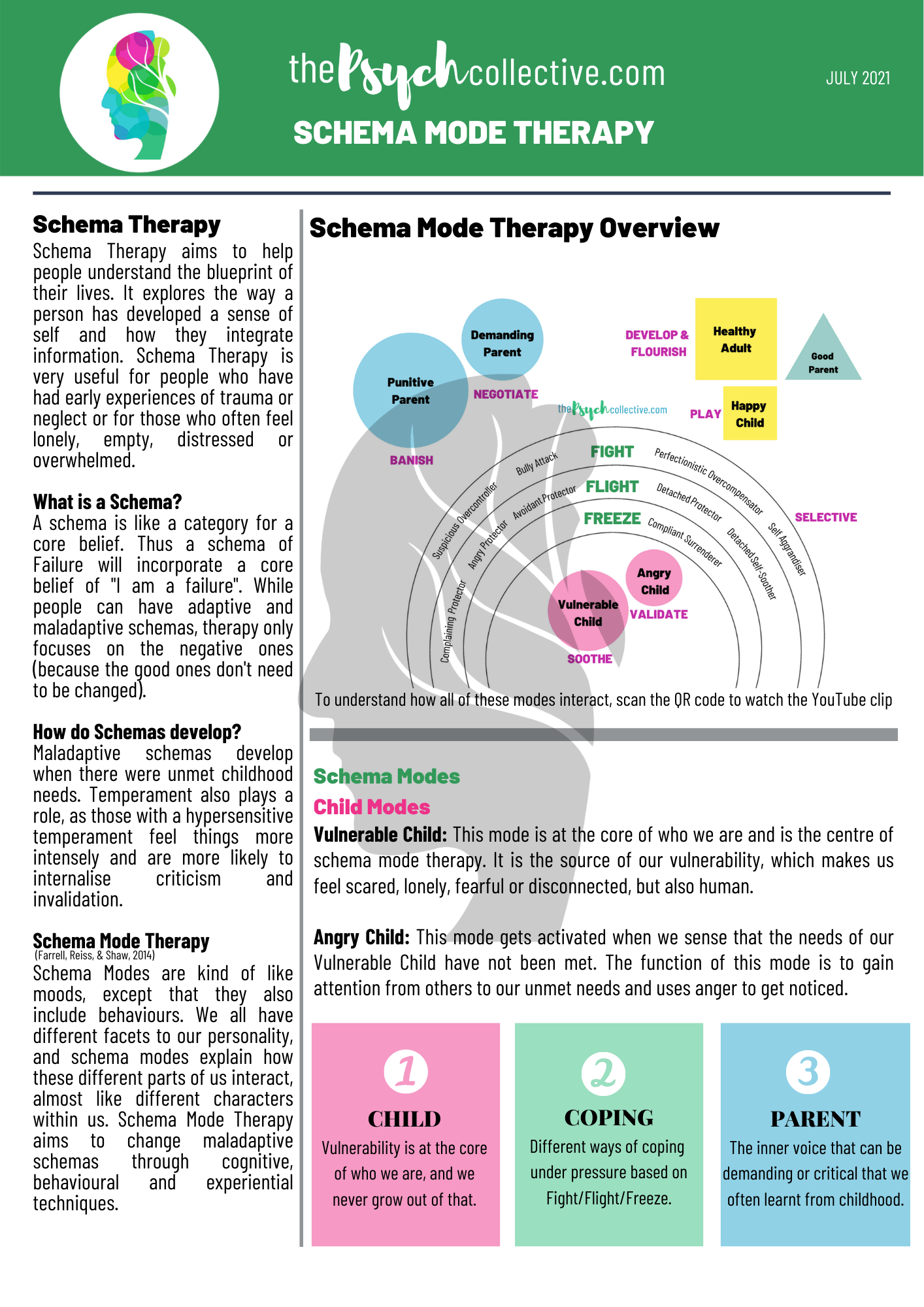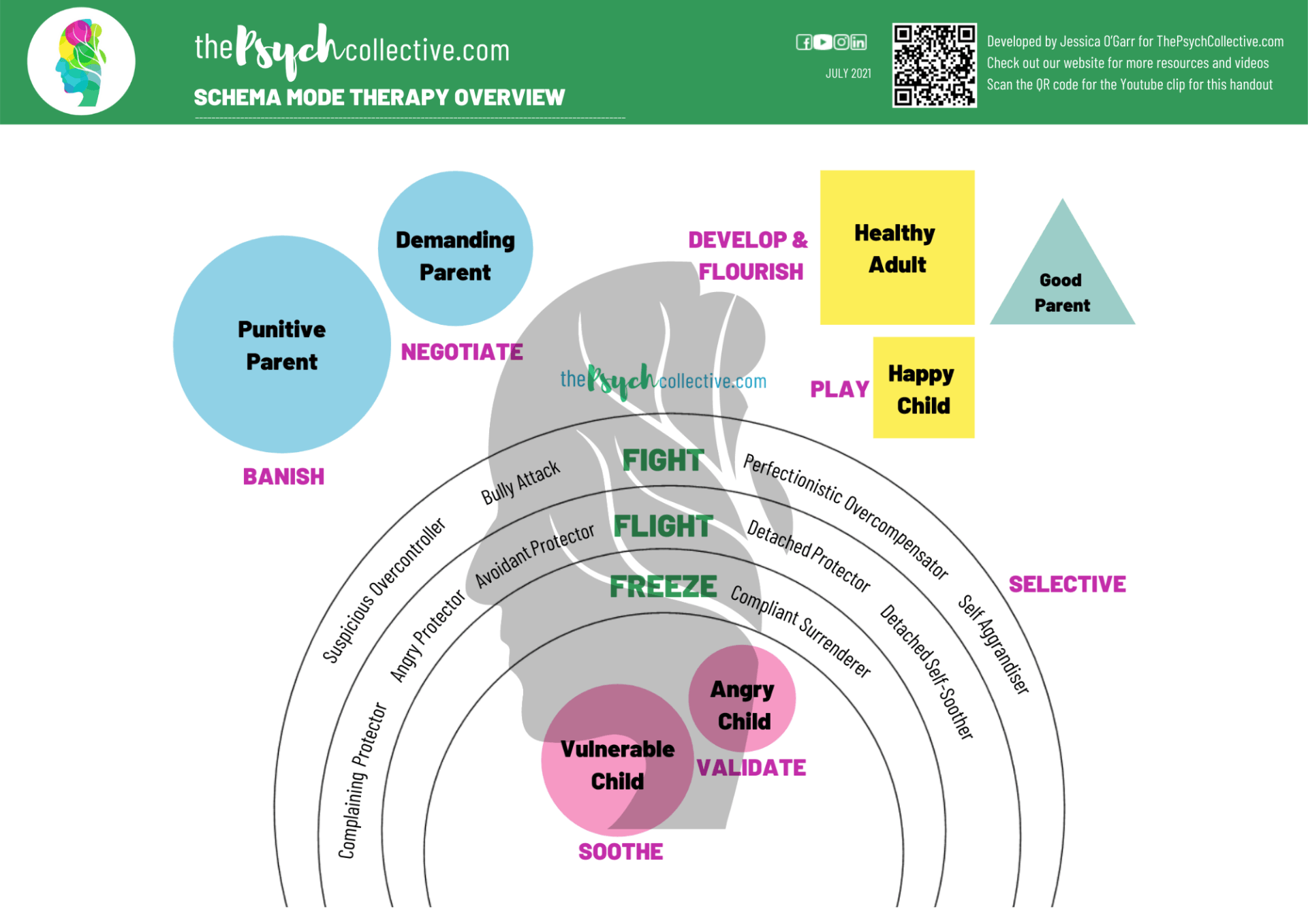Schema Mode Overview
I am a schema therapist at heart. I was lucky enough to attend a training workshop with Ida Shaw and Joan Farrell in 2014 and immediately fell in love with schema mode therapy. It offers a unique way of conceptualising early childhood experiences and explaining how they influence our emotions, behaviours and coping styles as an adult. Here I have tried to briefly explain how the modes fit together. There is a handout of the modes if you click on the button at the top of the page.
And yes, we know that we accidentally cut off the top of the board. My Healthy Adult is telling my Perfectionistic Overcompensator to sit with it. The handout should help fill in the blanks.
Following the presentation by Jess about how the schema modes fit together, Dr Al asked Jess to explain a few more things for him.
Schema Therapy Modes Model
A diagram of the schema modes and how they interact.
This worksheet accompanies Jess's talk on Schema Therapy Modes (Part 1) and shows how the different types of schema modes fit together.
There is also a full page version of the model in case you need a closer look.
To download these documents, log in to our Resources page. It's free!
Share
Categories
About Our Resources
We offer actionable resources and teach real skills to help people make meaningful change in managing mental health issues through different modes depending on people's learning preferences including infographics, text, worksheets, handouts and video.














